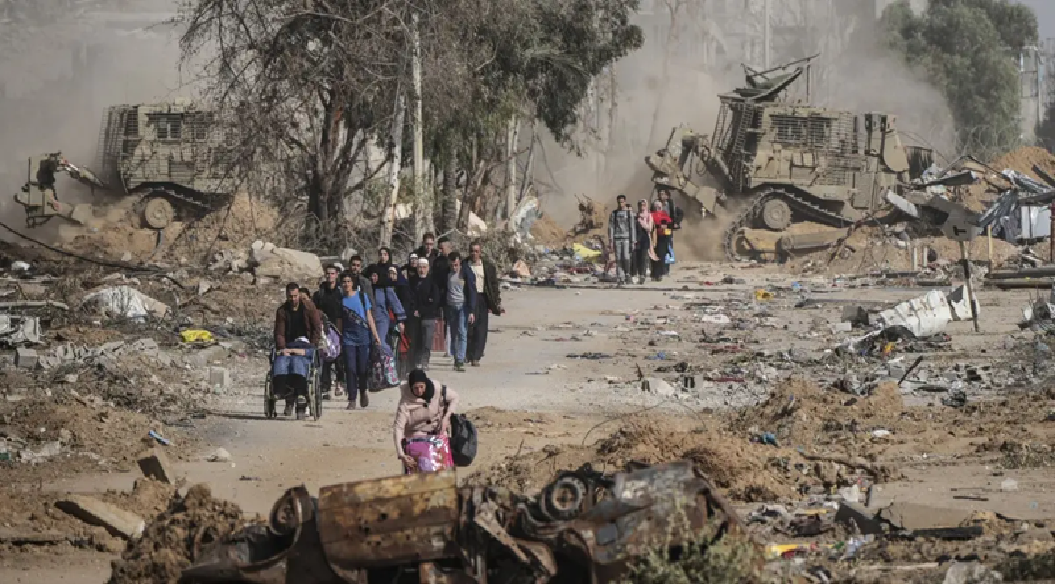
Cities & Climate Change Threat
Cities are engines of growth. Though they cover only one per cent land area of Earth, they are home to 50 per cent of the world’s population and contribute 80 per cent of the Gross World Product and consume around 78 per cent of the world’s energy.
The United Nation projects that 68 per cent of the world’s population would come to live in the cities by 2050. This makes them majorly vulnerable to the effect of climate change. They are also hubs for two most important human activities, i.e., construction and transportation which are energy guzzlers and principal emitters of carbon dioxide.
Besides, the density of population and energy consumption also renders them major polluters. Not alone this, they are the most likely candidates for water scarcity. Most cities are either situated on river banks or on the coasts. They are thus likely to face the challenges posed by pollution of river or rise in sea level.
Latest reports on effects of climate change indicate that the ambient temperature is expected to rise by 2 degree Celsius by 2050, putting stress on public health, urban ecological habitat and water resources. Similarly with a global temperature rise of 2 degree Celsius by 2050, nearly 800 million people will be exposed to rising seas and storm surges.
Currently 255 million people in cities face extremely high water stress. But the number is projected to rise to 470 million by 2030. And ironically, cities are also likely to attract the climate refugees. Reports reveal that top five hazards faced by cities are flash /surface flooding, heat waves, rainstorm, extreme hot days and droughts.
‘Summary for Urban Policymakers on the IPCC’s 1.5 degree Celsius’ report says warming greater than 1.5 degree Celsius will bring risks such as “exacerbated urban heat islands, amplification of heat waves, extreme weather volatility, floods, droughts, coastal inundation and an increase in vector-borne diseases like malaria and dengue fever. According to a World Health Organisation Report, between 1998 and 2017, heatwaves in cities have cost the lives of over 166,000 people. In view of the grim projections by organisations like C40 Cities Climate Leadership Group, it is imperative that cities build climate resilient infrastructure. The task begins with the vulnerability assessment as it is said that “you cannot manage what you don’t measure”.
C40 reports suggest that only 46 per cent of cities have completed vulnerability assessments. This also calls for climate change adaptation and mitigation investments in cities to check the impact of the contributors like greenhouse gas emitters, reforestation, improving transportation efficiencies, introducing improve bicycle infrastructure and building walkable cities.
 English daily published in Bengaluru & Doha
English daily published in Bengaluru & Doha






